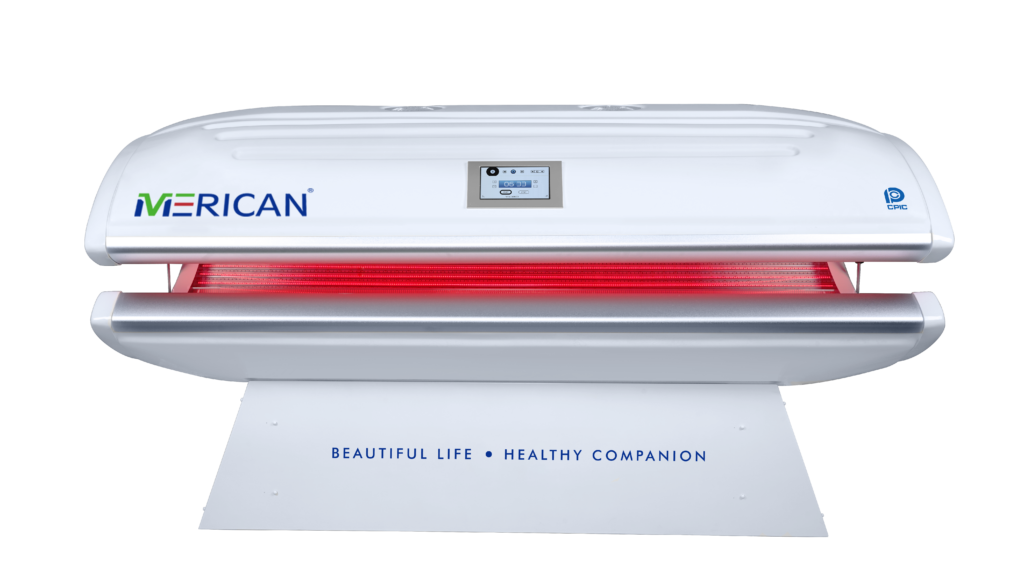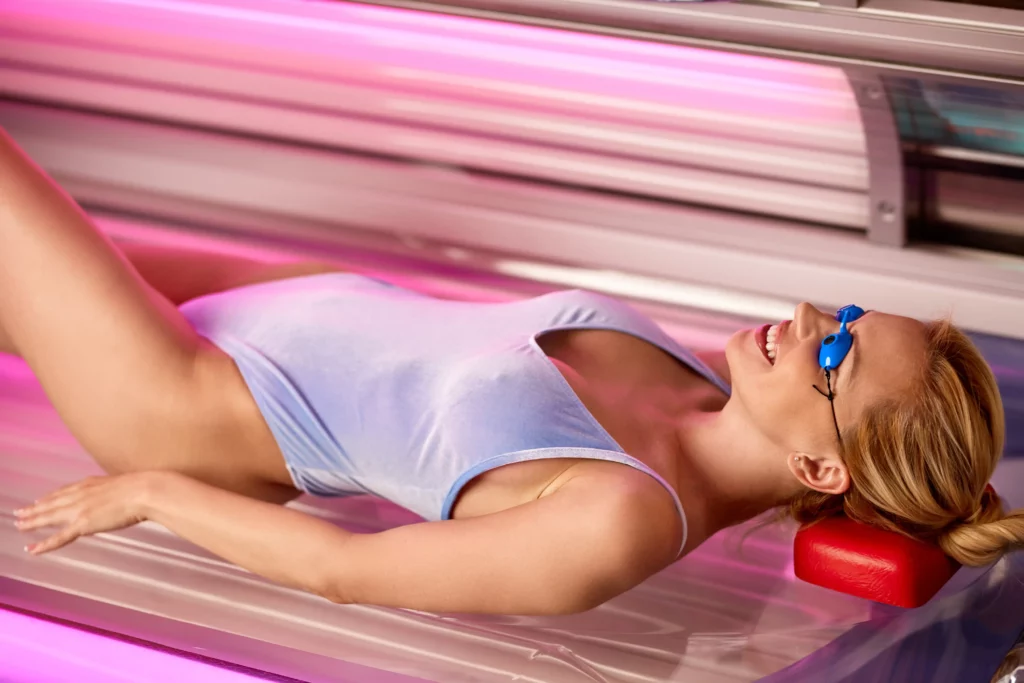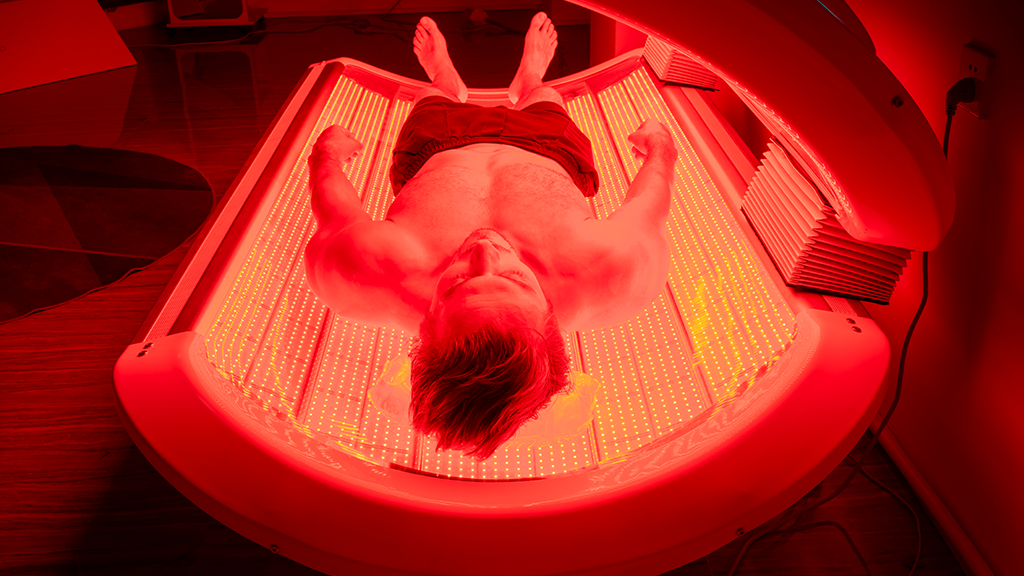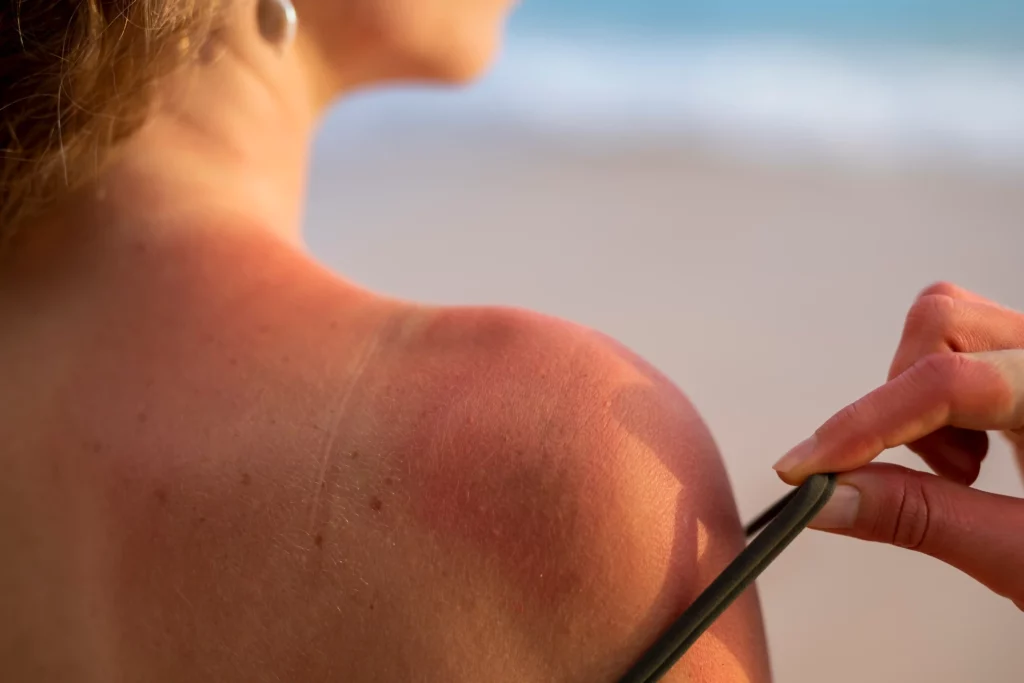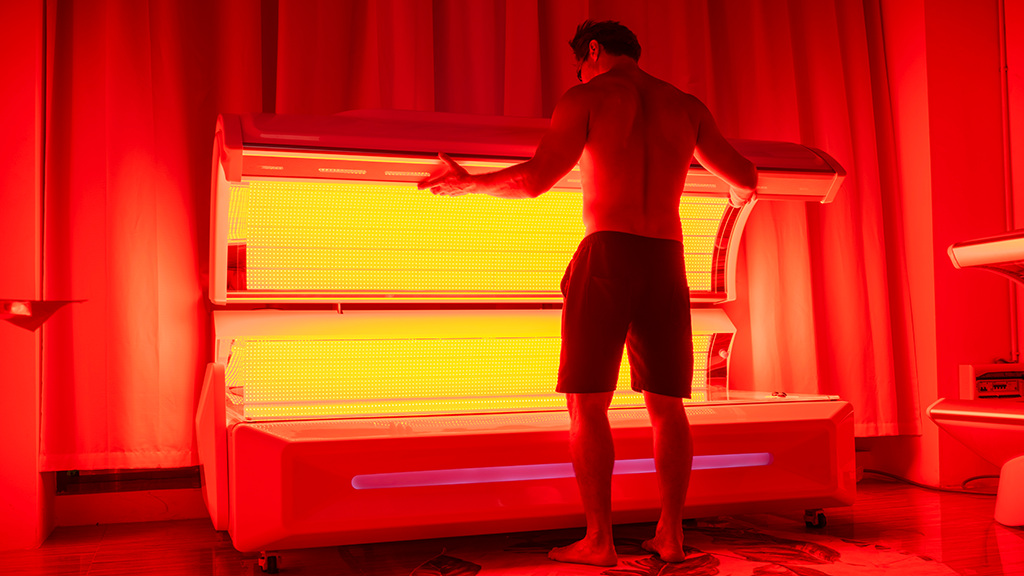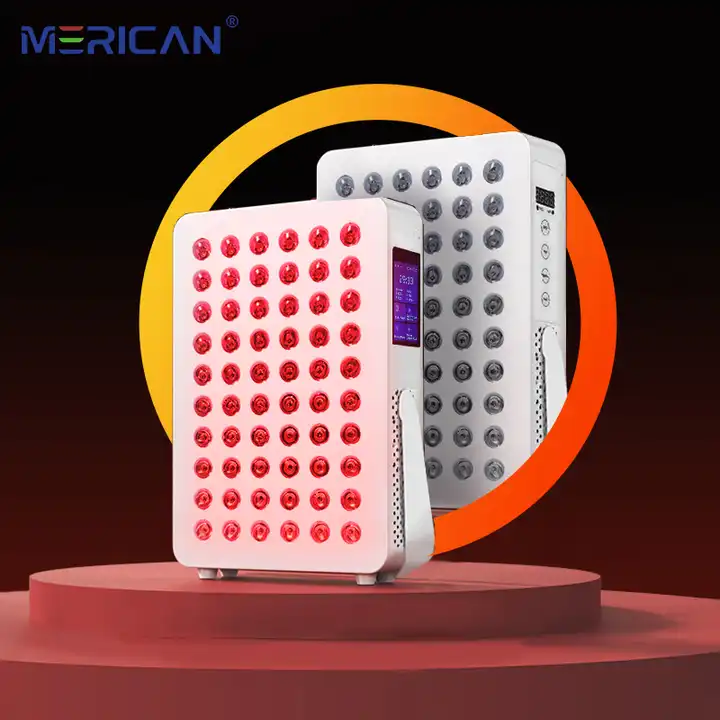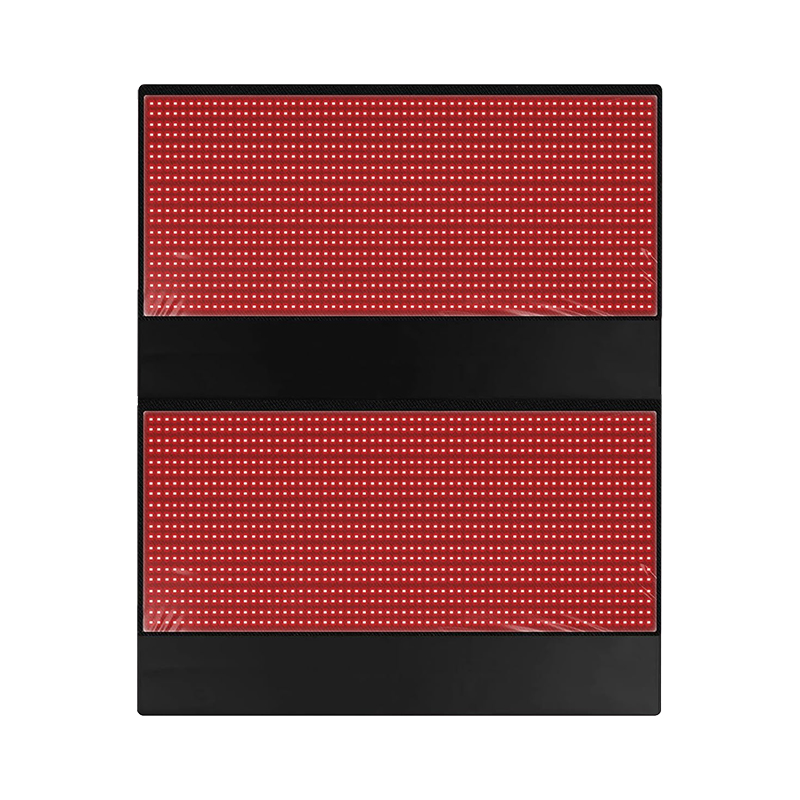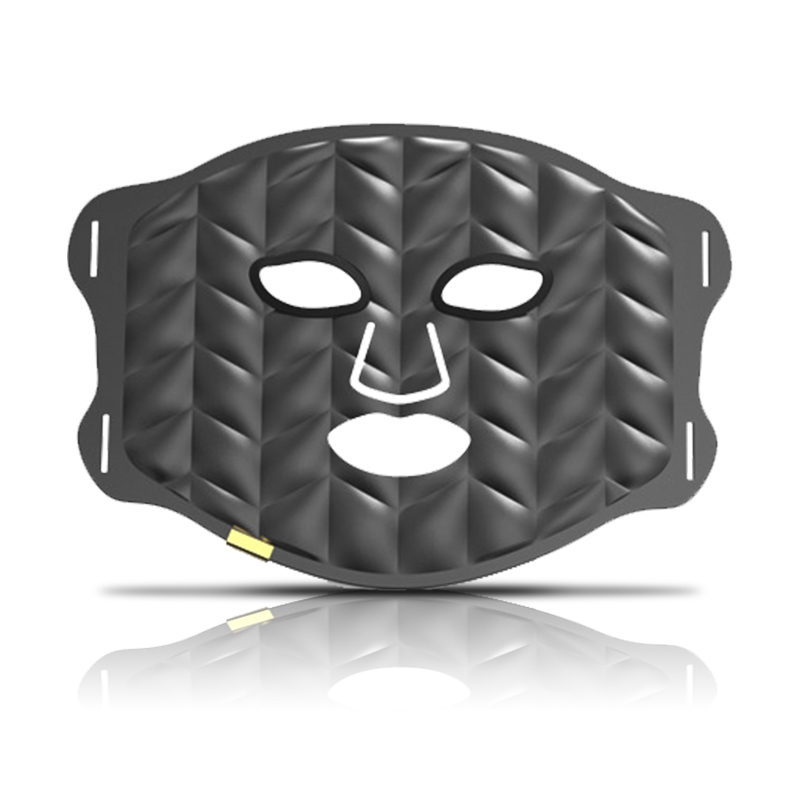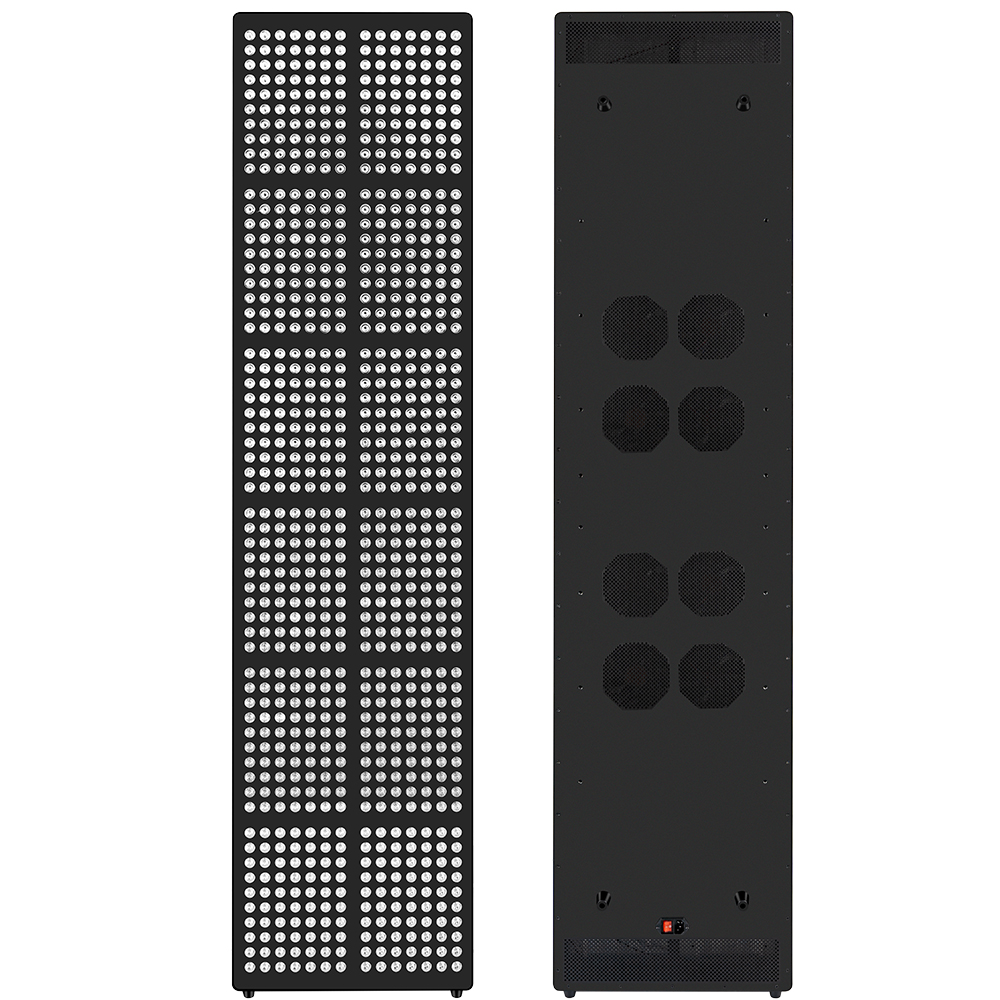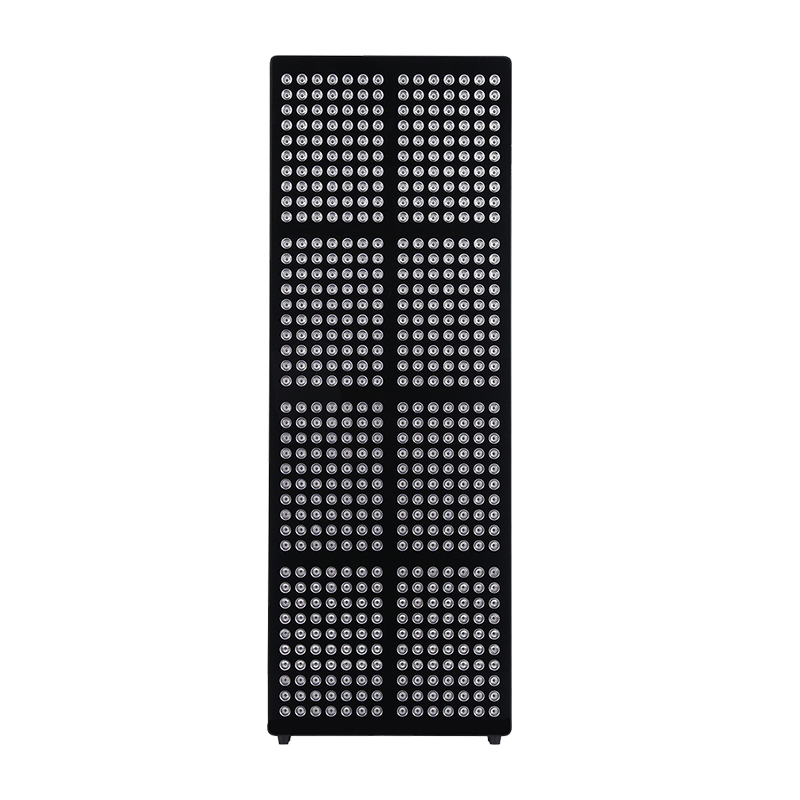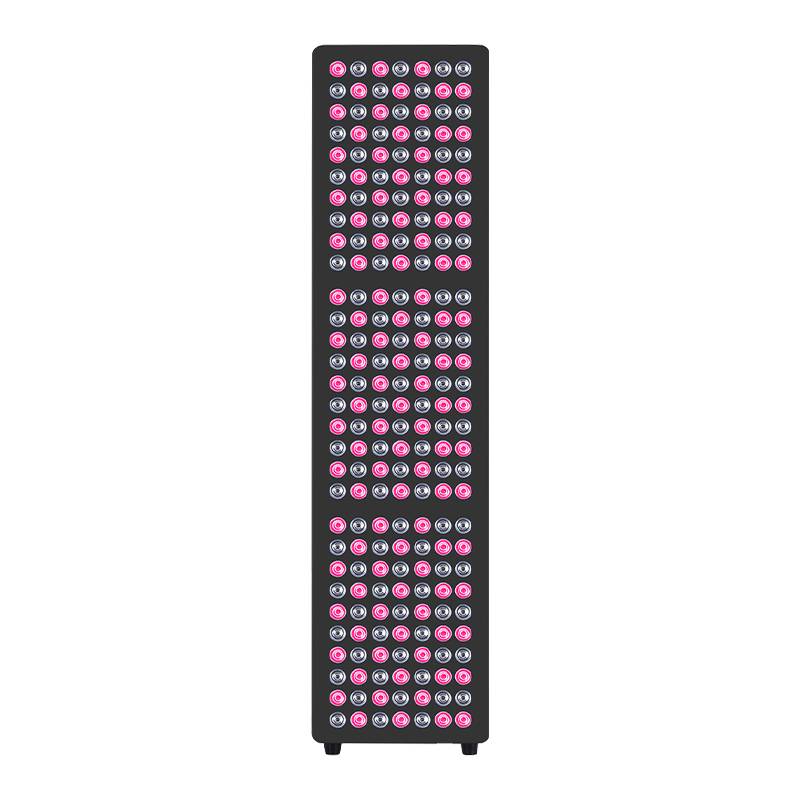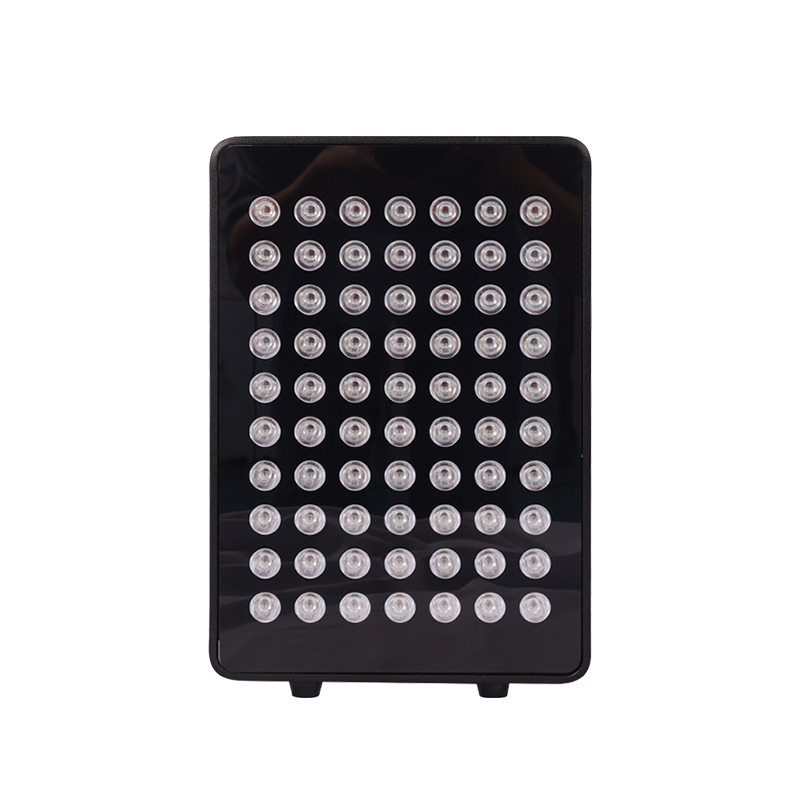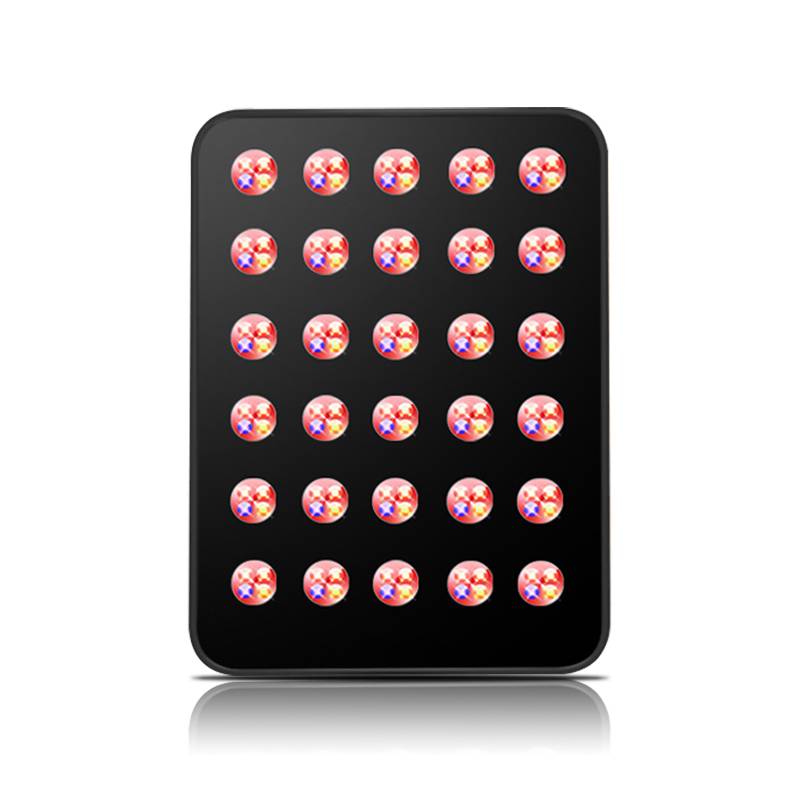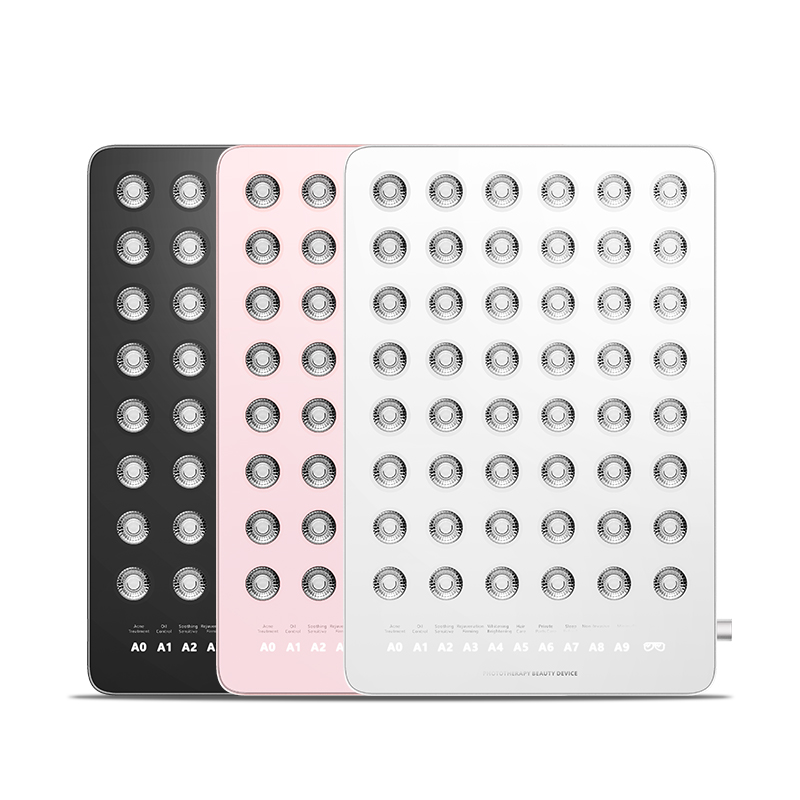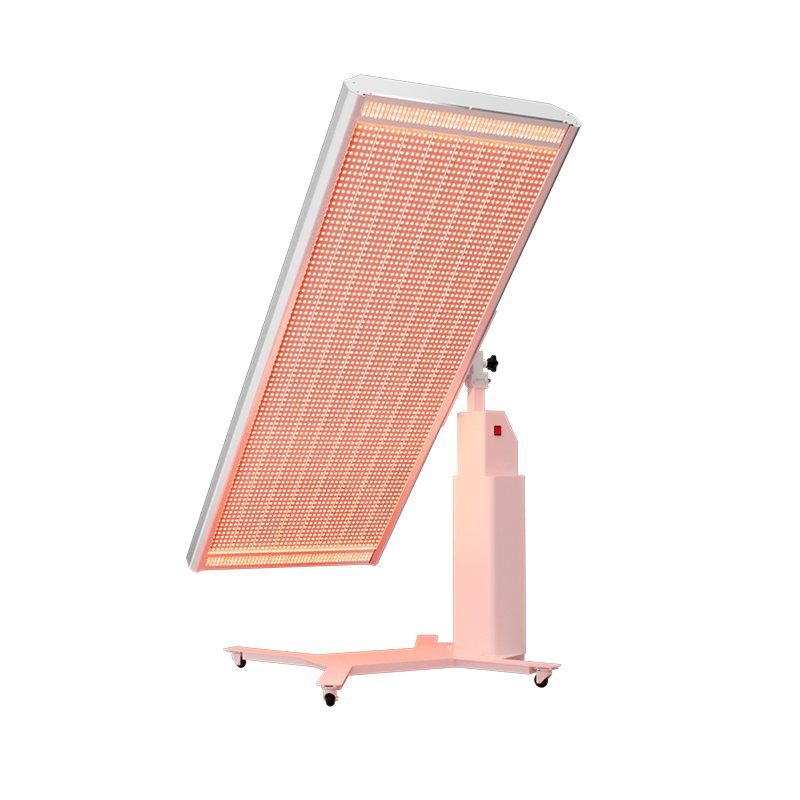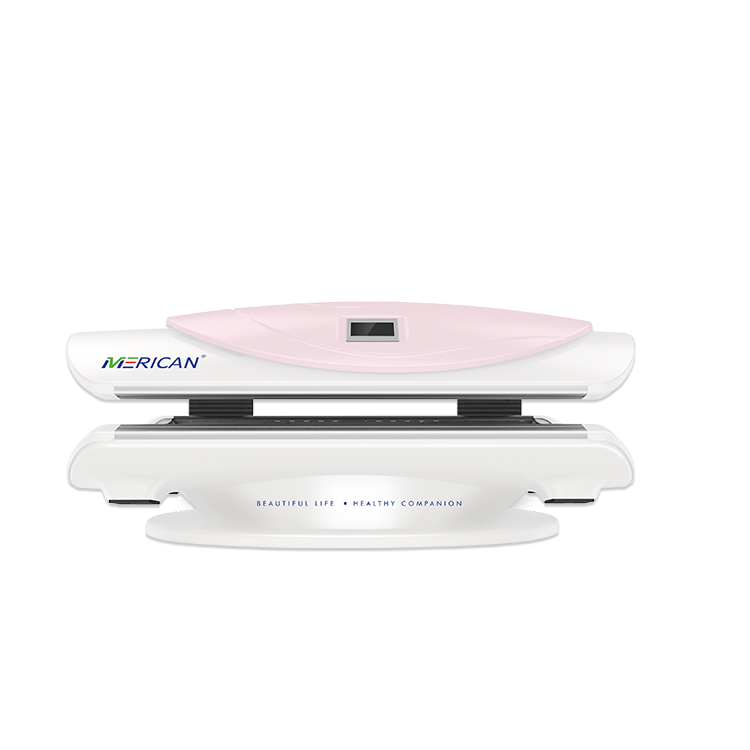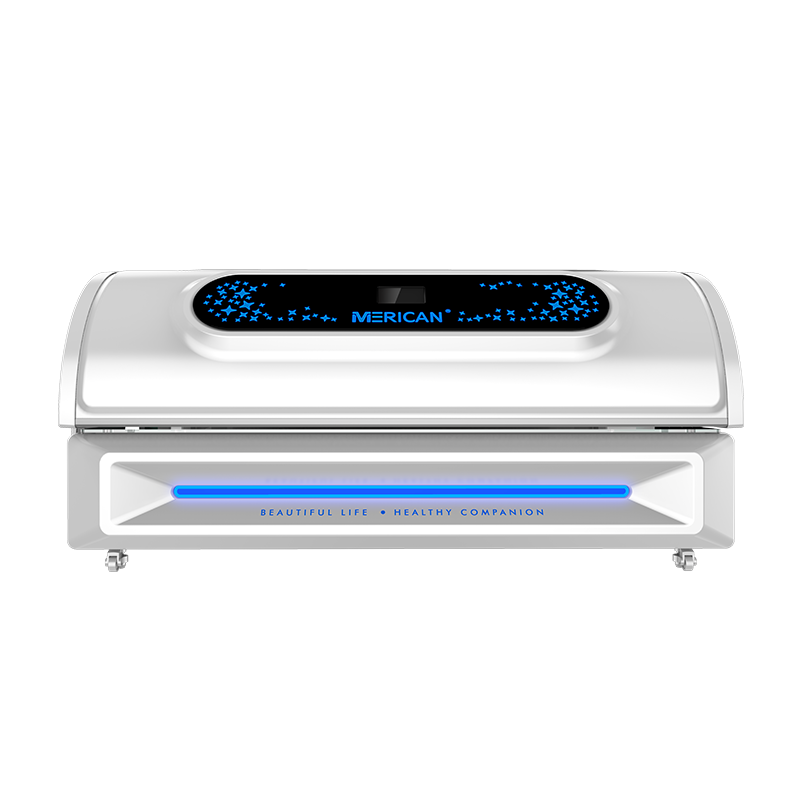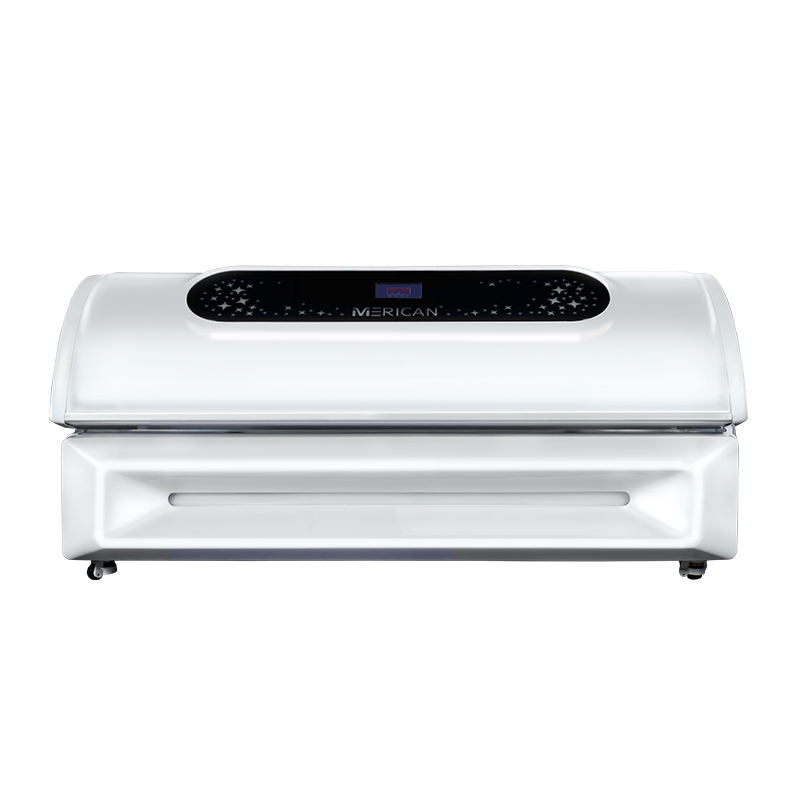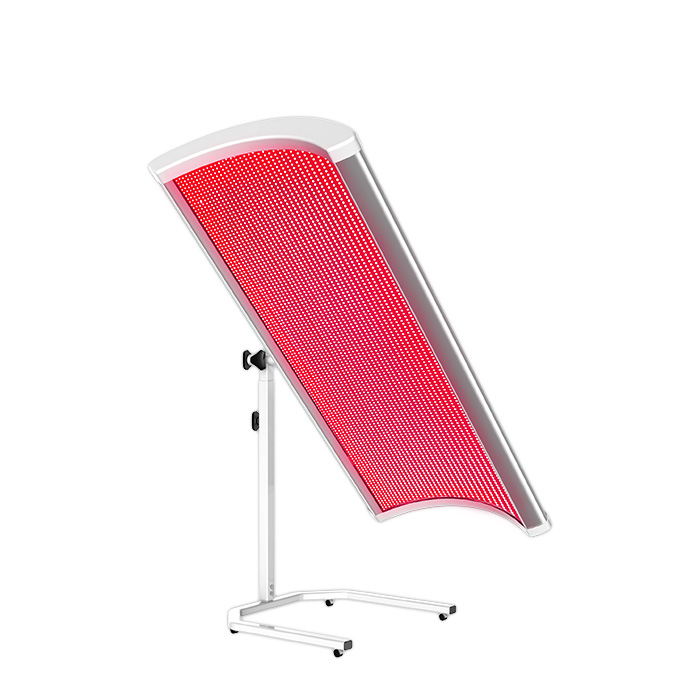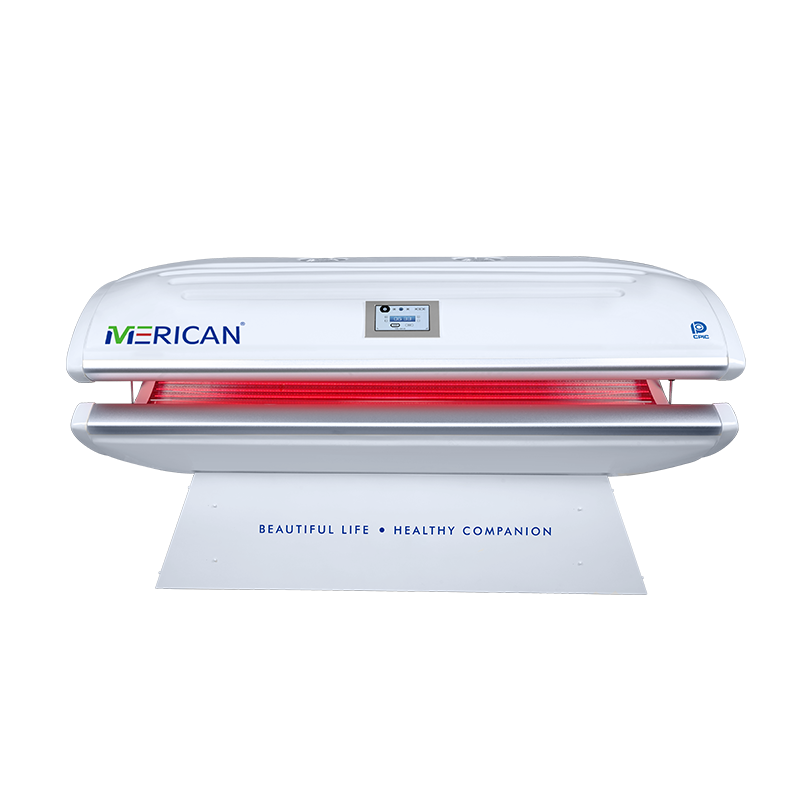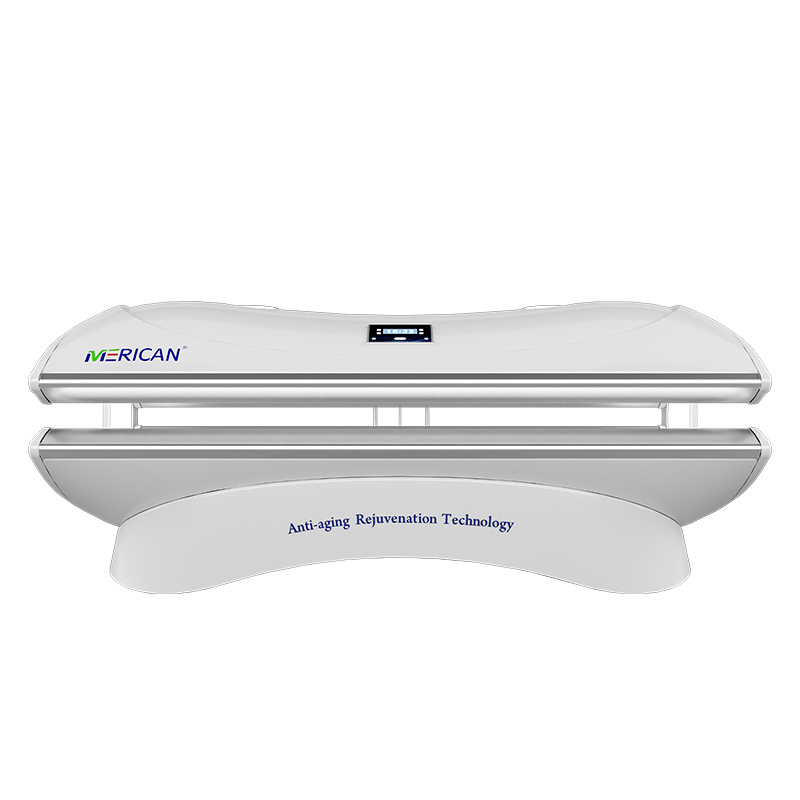मुँहासे एक बहुत ही दर्दनाक त्वचा की स्थिति है जो न केवल त्वचा के रंग को प्रभावित कर सकती है और लंबे समय तक घाव का कारण बन सकती है, जो मुँहासे से पीड़ित लोगों के आत्मविश्वास को बहुत कम कर देता है. अनुपचारित मुँहासे से पीड़ित लोगों को अवसाद और चिंता का अनुभव हो सकता है. लगभग 117.4 वर्तमान में दुनिया भर में लाखों लोग मुँहासे से पीड़ित हैं, और यह संख्या हर साल बढ़ती जा रही है.
मुँहासे आमतौर पर यौवन के दौरान शुरू होते हैं और मुख्य रूप से किशोरों और युवा वयस्कों में होते हैं, लेकिन त्वचा की यह स्थिति 30 और 40 की उम्र तक बनी रह सकती है. यह स्थिति तब विकसित होती है जब तेल और मृत त्वचा कोशिकाएं त्वचा की सतह के नीचे बालों के रोम को अवरुद्ध कर देती हैं. सीबम का अत्यधिक उत्पादन, वह तेल जो त्वचा को कोमल रखता है, मुँहासे के विकास में योगदान देता है.
मुँहासे के उपचार में ओवर-द-काउंटर क्रीम शामिल हैं, सफाई, और एंटीबायोटिक्स. दुर्भाग्य से, सभी मुँहासे उपचार हर किसी के लिए काम नहीं करते, और मुँहासे के निशानों और लाल धब्बों के लिए बहुत कम उपचार हैं. अच्छी खबर यह है कि आप मुंहासों के लिए रेड लाइट थेरेपी से वास्तविक परिणाम प्राप्त कर सकते हैं.
मुँहासों के दागों के लिए लाल प्रकाश चिकित्सा: यह कैसे काम करता है?
अधिक से अधिक लोग मुँहासे के निशानों के लिए रेड लाइट थेरेपी की क्षमता की खोज कर रहे हैं. लाल प्रकाश अपने निम्न-स्तर लेकिन लंबी तरंग दैर्ध्य के कारण विद्युत चुम्बकीय स्पेक्ट्रम में अन्य प्रकार के दृश्य प्रकाश से भिन्न होता है. के विपरीत, नीली और बैंगनी रोशनी में छोटी तरंगें होती हैं, उच्च ऊर्जाओं पर कंपन करें, और डीएनए को नुकसान पहुंचा सकता है. इस प्रकार, कम आवृत्तियों के साथ, लाल बत्ती सिर्फ इंसानों के लिए ही सुरक्षित नहीं है; इसकी भेदन तरंगदैर्ध्य सेलुलर स्तर तक गहराई तक पहुंच सकती है. माइटोकॉन्ड्रिया या “बिजली जनरेटर” तब कोशिकाएं इसकी ऊर्जा को अवशोषित कर सकती हैं, जिसका उपयोग वह स्वयं-मरम्मत और पुनरुत्पादन के लिए करता है. इसलिए, आइए उन तरीकों की गिनती करें जिनसे रेड लाइट थेरेपी आपकी त्वचा के लिए अत्यधिक फायदेमंद हो सकती है:
- यह नए कोलेजन बनाने में मदद करता है.
उम्र के साथ शरीर की कोलेजन बनाने की क्षमता कम हो जाती है. सौभाग्य से, रेड लाइट थेरेपी फ़ाइब्रोब्लास्ट उत्पादन को बढ़ावा दे सकती है, जो मुँहासे के घावों को ठीक करने के लिए अधिक कोलेजन बना सकता है.
2. यह डीएनए मरम्मत तंत्र को सक्रिय करता है.
जबकि सूरज की रोशनी से मुंहासे नहीं होते, यह इसे और खराब कर सकता है. वैज्ञानिक साक्ष्य से पता चलता है कि लाल बत्ती थेरेपी एटीएफ2 नामक विशेष प्रोटीन को उत्तेजित करके यूवी-प्रेरित त्वचा क्षति को रोकती है (प्रतिलेखन कारक-2 को सक्रिय करना) जो सेलुलर क्षति के जोखिम को कम करता है, डीएनए की मरम्मत करें, और कोशिका अस्तित्व की रक्षा करेंएल.
3. यह रक्त संचार को बढ़ाता है
रेड लाइट थेरेपी रक्त प्रवाह में भी सुधार कर सकती है और शरीर के विभिन्न अंगों तक ऑक्सीजन और आवश्यक पोषक तत्वों की डिलीवरी को अधिक कुशल बना सकती है. यह विभिन्न कोशिकाओं को कायाकल्प कार्य करने के लिए आवश्यक पोषण प्राप्त करने में सक्षम बनाता है, जैसे कि मुँहासे के निशान बनने से नष्ट हुए ऊतकों को बदलना.
4. यह सूजन से लड़ता है
रेड लाइट थेरेपी साइटोकिन्स की रिहाई को भी ट्रिगर कर सकती है, छोटे प्रोटीन जो प्रतिरक्षा प्रतिक्रियाओं के समन्वय में महत्वपूर्ण हैं. सूजन से मुकाबला करके, ये अणु हमारे छिद्रों को टूटने से रोकते हैं’ मुँहासे के परिणामस्वरूप दीवारें.
5. यह प्रभावी रूप से मुंहासों को दूर करता है.
एक शोध में, मरीज फोटोडायनामिक थेरेपी से गुजरे (PDT). इसे एमिनोलेवुलिनिक एसिड के उपचार के साथ जोड़ा गया था (अला). परिणाम प्रभावशाली था: एक महीने में ≥90% मुँहासे साफ़!
6. यह मुँहासे के घावों को कम करता है.
हल्के से मध्यम मामलों वाले रोगियों में मुँहासे के निशान के लिए रेड लाइट थेरेपी प्रभावी ढंग से काम करती है. के बाद ही 12 सत्र, बिना किसी जटिलता के घावों की संख्या में नाटकीय कमी आई.
उपयुक्त प्रकाश चिकित्सा उपकरण कैसे चुनें?.
एलईडी रेड लाइट डिवाइस के साथ घर पर घावों का इलाज करने का एक आसान तरीका यहां दिया गया है.
सर्वोत्तम परिणामों के लिए, उच्च शक्ति का उपयोग करना सुनिश्चित करें, उच्च गुणवत्ता वाली एलईडी डिवाइस. ऐसा उपकरण त्वचा की गहराई तक सफलतापूर्वक प्रवेश करने और त्वचा कोशिका नवीकरण को प्रोत्साहित करने के लिए पर्याप्त प्रकाश आउटपुट प्रदान करेगा.
मेरिकन रेड लाइट थेरेपी बेड एम4; यूके लूसाइट® ऐक्रेलिक शीट को अपनाता है 99% प्रकाश संप्रेषण; 0-15000हर्ट्ज पल्स समायोज्य प्रणाली; स्व-विकसित निरंतर चालू स्रोत कार्यक्रम और स्व-विकसित वायरलेस बुद्धिमान नियंत्रण प्रणाली. उत्पाद आपको लाभ भी पहुंचाता है 660, 810, 830, 850 एनएम, और 940 तेज़ और अधिक नाटकीय परिणामों के लिए एनएम लाल और अवरक्त प्रकाश. उत्पाद का उपयोग करने से बालों का झड़ना भी रोका जा सकता है, मांसपेशियों के दर्द और पीड़ा से छुटकारा पाएं, वगैरह.
